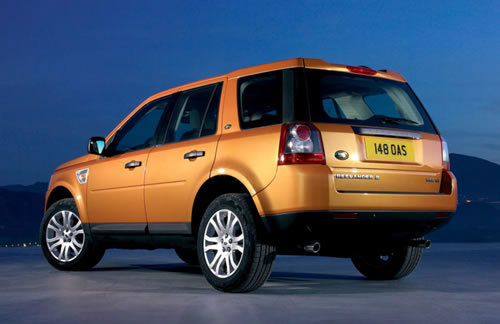Land Rover: History
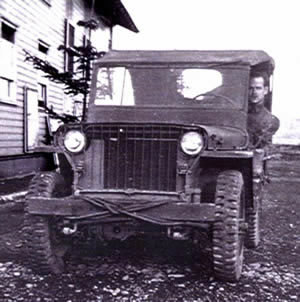
WWII Willys Jeep
The man responsible for the development of the Land Rover was Maurice Wilks. He was the chief designer at the Rover car company at the end of World War II. He had been using a was surplus Willys Jeep on his farm in Anglesey for a variety of functions but found that parts for his Willys jeep were only available if bought in bulk. His brother, Spencer Wilks, was the general manager of Rover at the time and together with him they decided that there was a market for a good off road utility vehicle that was small, versatile and rugged, suitable for farmers.
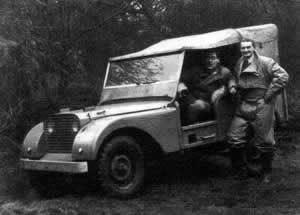
The Wilks Brothers
The first Land Rover was made in 1947 being a hybrid which utilised a Jeep chassis and transmission with a Rover engine and gearbox. The first prototype required the driver to sit in the middle astride the gearbox. A pre-production batch of 48 vehicles were then produced.
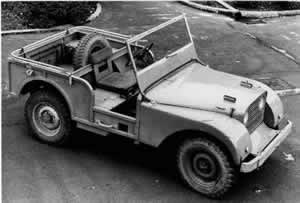
Land Rover 1947 / 48 Prototype
On 30th April 1948 the Land Rover was launched at the Amsterdam Motor Show. Due to the post-war steel shortage and the plentiful availability of aircraft aluminium Land Rovers were manufactured using a rustproof aluminium and magnesium alloy. This led to the development of their reputation as tough, corrosion resistant vehicles. Early vehicles were all painted green due to the use of military surplus aircraft cockpit paint supplies. The Land Rover was classed as a commercial vehicle and therefore it was free from Purchase Tax.
Series I Land Rover
Between 1948 and 1951 the Land Rover used an 80 inch wheelbase and a 1.6 litre petrol engine. In 1949 a second, more comfortable body option was introduced. This option was called the Station Wagon which seated 7 people utilising a wooden framed construction made by Tickford. (http://en.wikipedia.org/wiki/Tickford) This model was far better equipped having a heater, a one piece laminated windscreen and various other options. The vehicle was sold as a private car which led to high levels of purchase tax resulting in relatively few vehicles being sold.
Around 1952 new larger engines of 2.0 litres were introduced and the legal status of the Land Rover was resolved. Up until this time the Land Rover had been classed as a commercial vehicle which meant that its top speed was limited to 30mph. on British Roads. This status was changed to that which we see today which is ‘multi-purpose vehicle’. In 1954 the 86 inch and 107 inch wheelbase models were introduced. These extensions to the wheelbase provided more carriage space.
Series II & IIa Land Rover
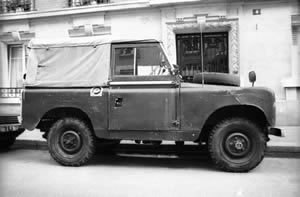
Land Rover Series II 1959
In 1958 the Series II was introduced. This utilised a larger 2.25 litre engine, had wheelbase options of 88 and 109 inches and a more modern body shape. The series IIa, introduced in 1961, used a 2.25 litre diesel engine. Further development of the Series IIa led to the 12 seater station wagon. In 1967 Rover and British Leyland merged. In 1970 they launched the Range Rover. This was followed by the Series III Land Rover in 1971. In 1994 British Aerospace sold the Rover Group to BMW and in 2000 BMW sold Land Rover to Ford. This move preceded the second major redesign of the Range Rover which was launched in 2002.

